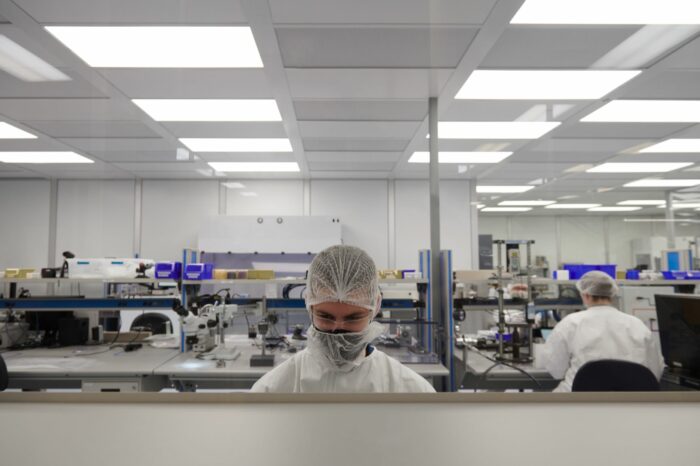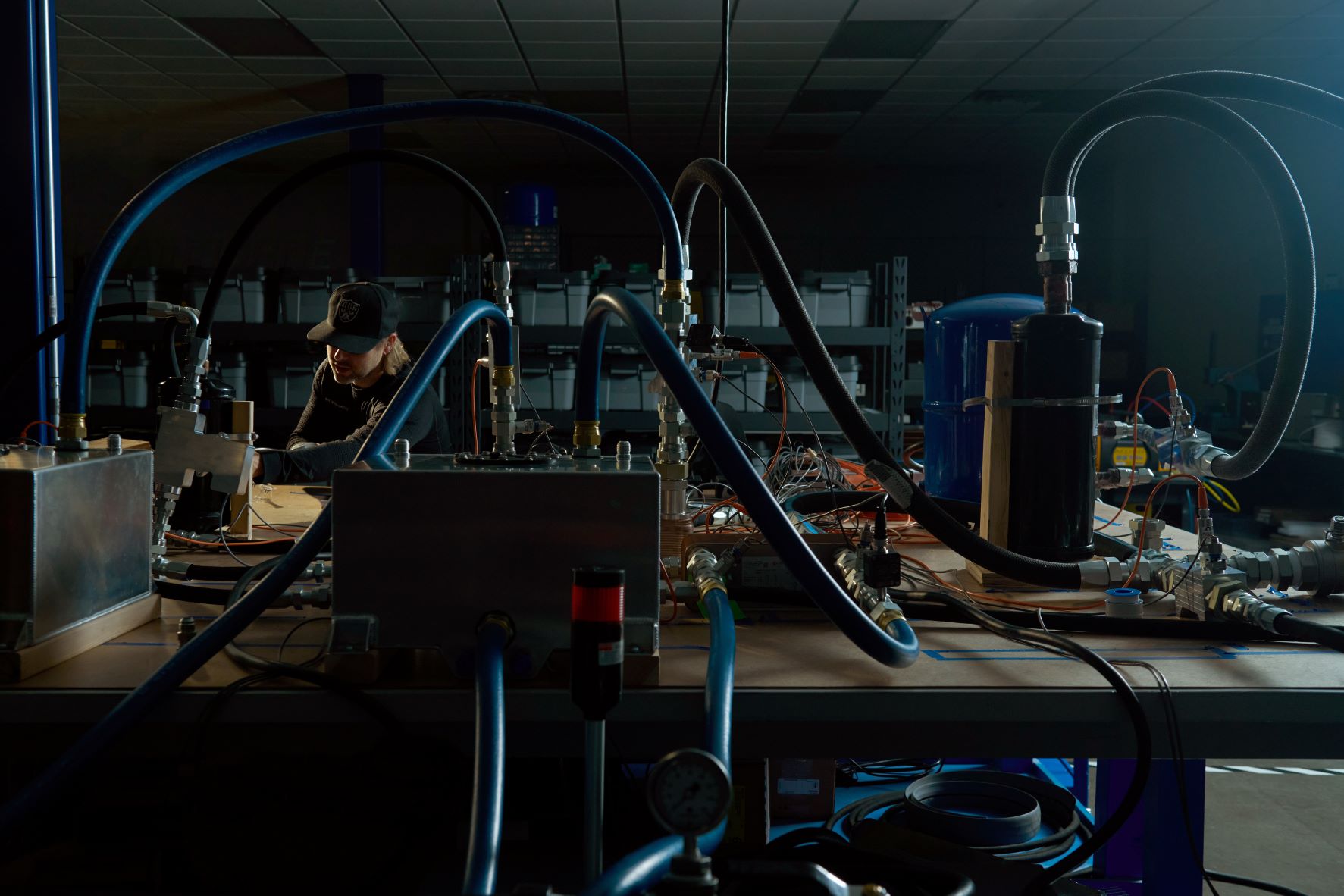Brad Plothow, Chief Growth Office at Intergalactic believes the future belongs to space. With a formidable background in venture-backed technology startups, primarily in Silicon Valley, he witnessed first-hand the burgeoning interest in the sector. While working on the consulting side with Rocket Lab and a small satellite company, Spire, he also closely monitored the space sector’s impressive strides.
Drawing from the past and looking towards the future, he says: “We’re seeing urgency in space for the first time since probably the 60s. I think that’s where all the energy and urgency is.”
Plothow provides insights into Intergalactic’s inception and trajectory. In 2016, a group of engineers identified a yawning gap in the solution market for aerospace thermal management. Challenges related to managing temperature extremes in spacecraft were simply not being met by existing technology. Aerospace thermal management is a critical aspect of spacecraft design and operation, focusing on the regulation and control of temperatures within a spacecraft’s components and systems, playing a pivotal role in ensuring the functionality and longevity of spacecraft in the harsh environment of space. The vacuum of space exposes spacecraft to extreme temperature fluctuations, therefore effective thermal management systems are essential to prevent overheating of sensitive equipment and maintain optimal operating conditions.
As Plothow explains, “The technology is 70 years old, 100 years old, in some cases.”
In response, they set about creating a new kind of heat exchanger using microtubes, and building integrated thermal management systems for militarily applicable technologies in aircraft. These systems translate into the space sector as well, as the products have to be small, lightweight and capable of managing large heat loads.
Their innovation didn’t go unnoticed. The space sector started reaching out to Intergalactic, eager to explore their lightweight systems for small satellites and in scenarios such as rovers and lander systems for the moon, where daytime temperatures can reach a boiling 120°C (400 K), while nighttime temperatures can get as low as -130°C (140 K). Lunar habitation, spacesuits and rockets all have thermal challenges as well, where the Company’s technology can be utilized. As Plothow explains, Intergalactic’s solutions offer “the ability to maintain thermal equilibrium” in the harsh conditions of space, providing the much-needed solution to the industry’s thermal management challenges.

The core of Intergalactic’s systems is the microtube exchanger, which is the primary place where heat is spread out. The innovative technology allows for “fastening thousands of tubes into the heat exchanger the size of a few sticks of butter, to do the work of something that would otherwise be about three times its size and double its weight,” elaborates Plothow. In addition, the heat exchangers have been developed using not only stainless steel, but high performance alloys, like Inconel, that are characterized by high corrosion resistance, and strength at high temperatures.
The privately held Company also makes sure that it’s systems – named Gozer (from Ghostbusters), Falkor (from NeverEnding Story), and McFly (from Back to the Future), among others – are native high voltage to avoid the use of adapters and connectors, which are points of failure, as well as adding unnecessary weight and increasing size. Intergalactic is also always on the lookout to reduce the weight of the components themselves along with the overall size and footprint of the system design.
Reflecting on the company’s remarkable journey, Plothow acknowledges that Intergalactic’s association with the defence sector has proven to be a mixed blessing. Despite the bureaucratic and slow-moving processes that often characterise defence sector involvement, Plothow ultimately believes that “the resourcing and all the capability that comes from the defence sector is really valuable” to growing the commercial viability of the space industry.
Looking ahead, Plothow envisions Intergalactic rising to the thermal management challenges that will concomitantly rise with advances in the aerospace sector. Five years from now, he expects the company to have a wider portfolio of proprietary products and groundbreaking innovations in the composite material sector.
He concludes our conversation with a strong endorsement of the potential and viability of space as an emerging commercial industry. Recommending we acknowledge the significant near-Earth space applications like manufacturing in low Earth orbit, as well as lunar- and asteroid mining, that are likely to mature over the next decade, he reassures us with confidence that the space industry is not just a pipe dream, but increasingly looking like a very real, very urgent reality.
Featured image: Credit: Intergalactic
Share this article:








